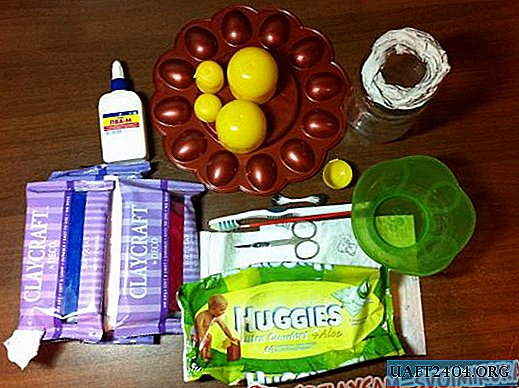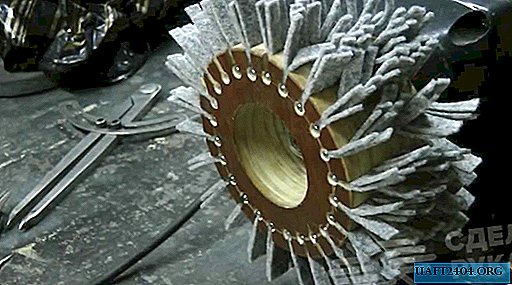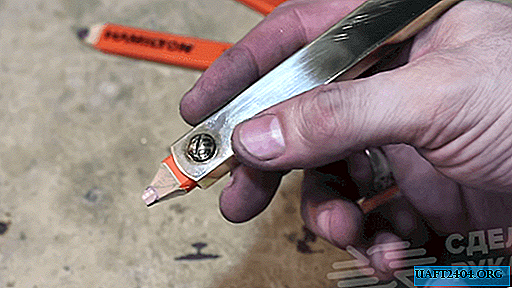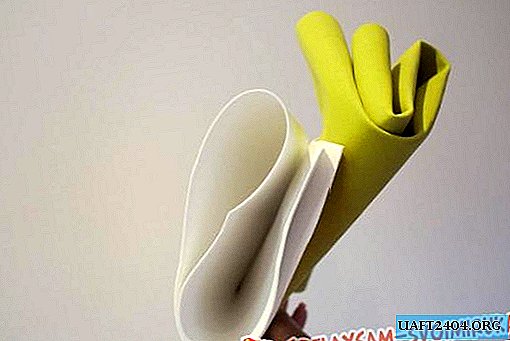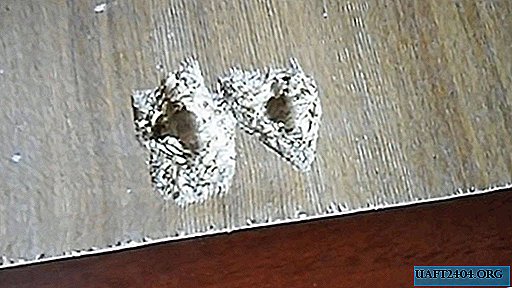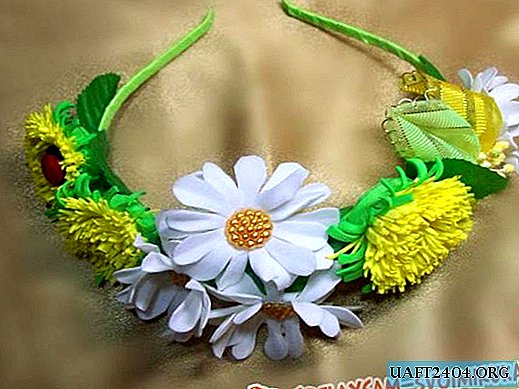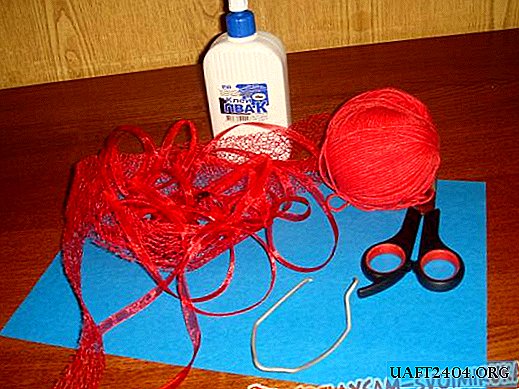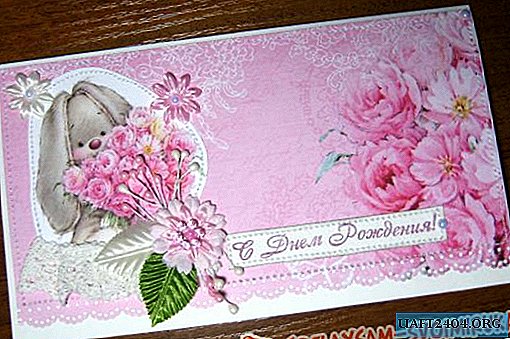Share
Pin
Tweet
Send
Share
Send
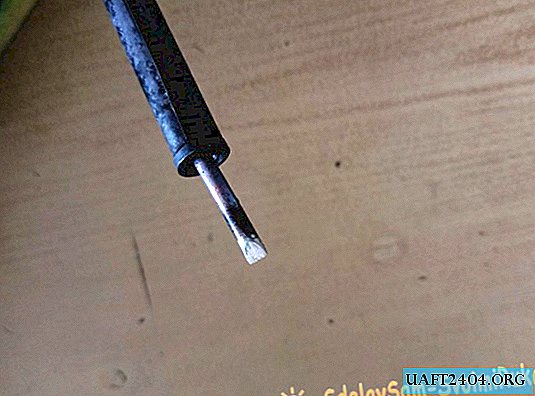
However, not all novice users get even the simplest operation - tinning a soldering iron.
Why tin a soldering iron?
The answer to this question lies in the fact that in the process of soldering, it becomes necessary to take solder (an alloy of lead and tin) with a heated sting, which is then transferred to the joint. But if you do not tin it, then this procedure becomes impossible. The solder does not stick to the soldering iron, respectively, it is impossible to take the right amount of alloy and transfer it to the place of soldering.
Why is this happening? Upon contact of the heated tip with solder, the latter melts and adheres to the surface. But only when there is a layer of tin on it, which is called a "tin-plated soldering iron." Accordingly, if it is stained with rosin, flux or plastic, this interaction does not work. The solder just melts, droplets of metal form, but this thing does not stick to the sting.
A properly tinned soldering iron is a tool in which the working part is covered with a very thin layer of solder. Tin readily sticks to such a surface, and it can be easily transferred to a conductor, circuit board, radio component, and so on.
Materials for tinning a soldering iron
To properly tin a soldering iron with a copper sting, you need a minimum set of materials:
- pine rosin;
- solder;
- sandpaper;
- sponge for washing dishes.

The result will be much better if you heed the recommendations outlined below.
Do not use rosin, which has expired. Darkened and contaminated with foreign substances is also better not to take. As a rule, standard rosin is suitable for use within two years from the date of manufacture.
Solder is recommended to buy one that has the most light shade. This means that the alloy has more tin, and lead, respectively, less. Such solder melts better and is easier for a novice user to handle.
The emery paper should be such that after its application there are no deep furrows on the copper sting. For the same reason, in no case should grind stones be used for stripping. Excellent results are obtained with the use of sandpaper with grit P150.
The sponge for washing dishes must have a hard pad, since this side is used in the work. You can replace it with almost any felt materials. There are also special sponges for cleaning the soldering iron.
The process of tinning a soldering iron with a copper tip

Immediately it is worth noting that the method described below can tin soldering irons only with a copper sting. If you sandpaper the ceramic tip, then it will irretrievably lose its properties, and the expensive nozzle will only have to be discarded.
If the solidified tin remains on the working surface of the sting, then it can be removed as follows. The soldering iron must first be heated. Then the sting is lowered into rosin and cleaned on a stranded copper wire dipped in a flux.
Next, the working part of the tool must be cleaned of soot. This is done with sandpaper. Particular zeal is not necessary, since copper is a fairly soft metal.




Particular attention is paid to that part of the soldering tip.
Immediately after cleaning, the soldering iron is plugged in and warmed up to operating temperature. Since copper oxidizes very quickly, it is recommended to lower the tip into rosin during the heating process. This limits the access of oxygen, and the surface is not covered with oxide in a matter of seconds. At high temperatures, this process accelerates significantly.




When the soldering iron is properly warmed up, it is removed from the rosin and brought to the solder. Having collected a sufficient amount of alloy (tin should adhere perfectly to the cleaned surface), the sting needs to be again immersed in rosin several times. Due to the large surface tension, the tin will evenly disperse along the working surface of the soldering iron.
You can improve the result with cardboard pre-coated with rosin. If you move the sting with solder on such a surface, the tin will be better distributed and will lie in a thinner layer.
Next, you need to clean the soldering iron from excess molten metal. To do this, several times hold a tinned sting on a wet sponge. At this point, you should be careful not to get the tool dirty again. Immediately after cleaning, the tip is lowered into the rosin to protect the applied coating.


The result of the above procedure should be a perfectly tinned soldering iron with the thinnest tin layer on the work surface. If everything is done correctly, then the subsequent soldering process will be simple even for a novice user.
Share
Pin
Tweet
Send
Share
Send

